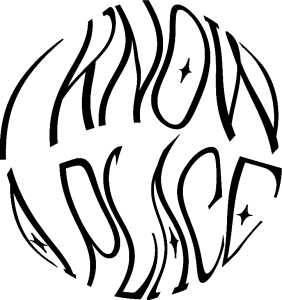As a person creating art, I feel like any medium can be used to be passionate about the other. When I make any piece of art, I like to think about it mechanically: the amount of detail it will have and the amount of space it will take up (literally and compositionally). My exploration with photography, design and painting is taking an image, having the overall composition unique as a photographer; thinking about the mechanics as a designer but translating it into a painting with a significant change with color and orientation. Even though I have only taken one photography class, the amount of information I have learned by it reflects my work. Translating information can be simplified as translating a language. The science of construction and deconstruction can be different when working with design. When looking at a phone screen, laptop screen or tv screen, the mechanics of them are related to design when looking at the measurements in pixels. Each pixel gives off a different color but when put together they create an image. Translating this two dimensional image into an image that has texture and depth is what influenced me to continue translating design work into paintings. This is my door that I want to open up to people, to share how I can view the world.
Some inspiration of mine has been branching off from impressionism work dated back from the late 1800s and early 1900s to current date and a touch of cubism. Works from Jean Metzinger, Alex Brown and Chuck Close have inspired me to create something that I can understand from my translation. With these amazing artists in consideration, my thought process in any work has driven me to illustrate something completely different for the viewer and for myself to understand what I am capable of as an artist. Learning about each medium to its fullest potential creates a significant amount of idealization for the product I will create.
The process of my work takes time. I first take photos of the scenes or areas that I can picture in my mind to distort into pixels. Second, I work on my iPad to transform my ideas on screen. Lastly, I work from my ipad screen to translate what I have pixelated into a painting. None of my images gets printed out, I only work from screen to challenge my eyes in the translation process of color making.

















